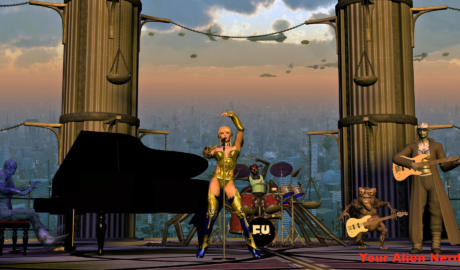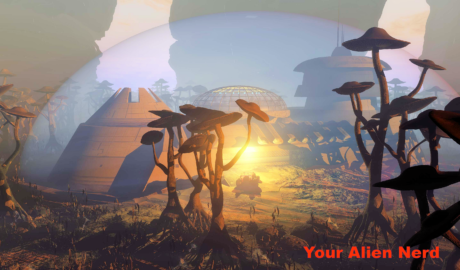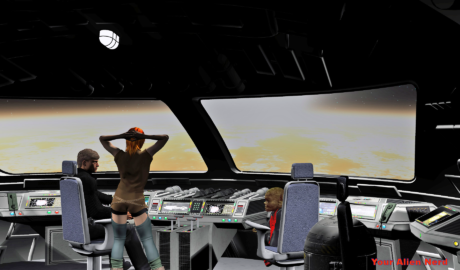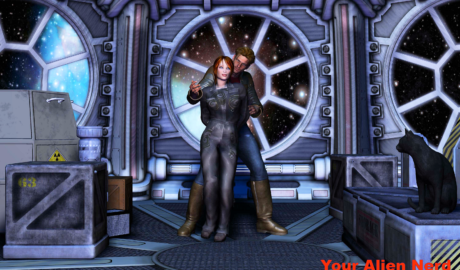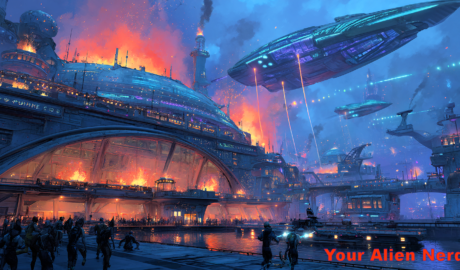THE EMPIRE CAN WAIT – CHAPTER 8, PART 1
New Xanadu, coordinates 000.000/000.000/000.000July 24th, 666 GE It seems that I have what might be called a rather unusual power […] everyone loves me, every thing in fact. […] The ugliest old man, the sweetest young child, yearn only for one thing from me. Life is hell, I tell you.Continue Reading

